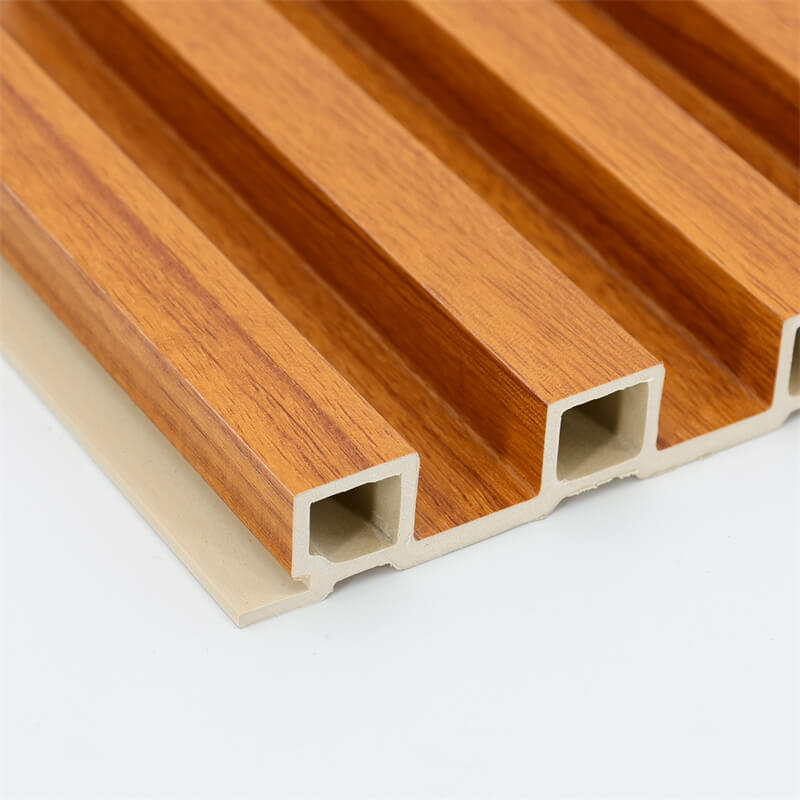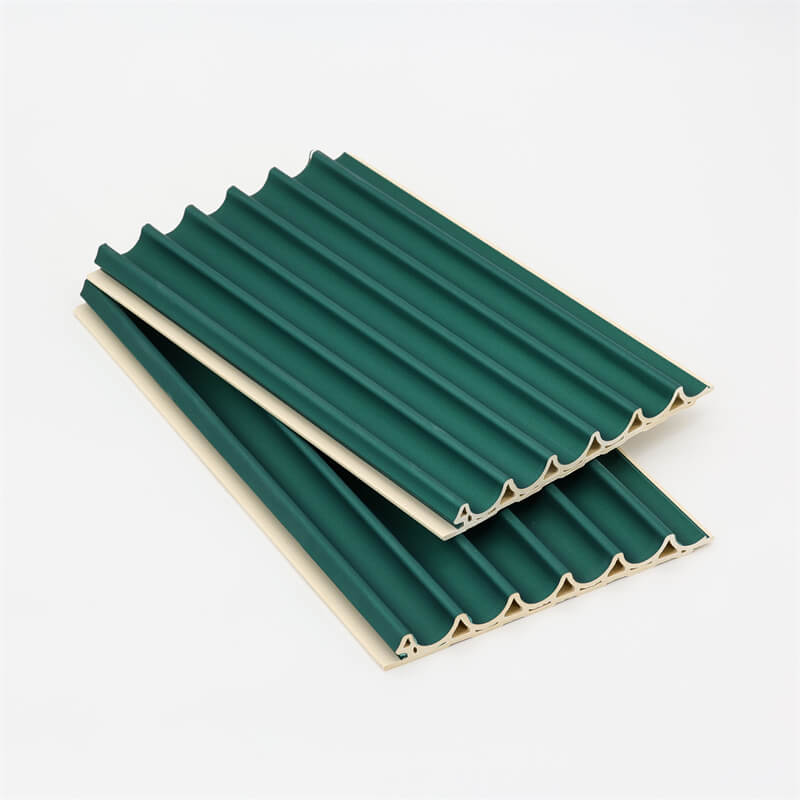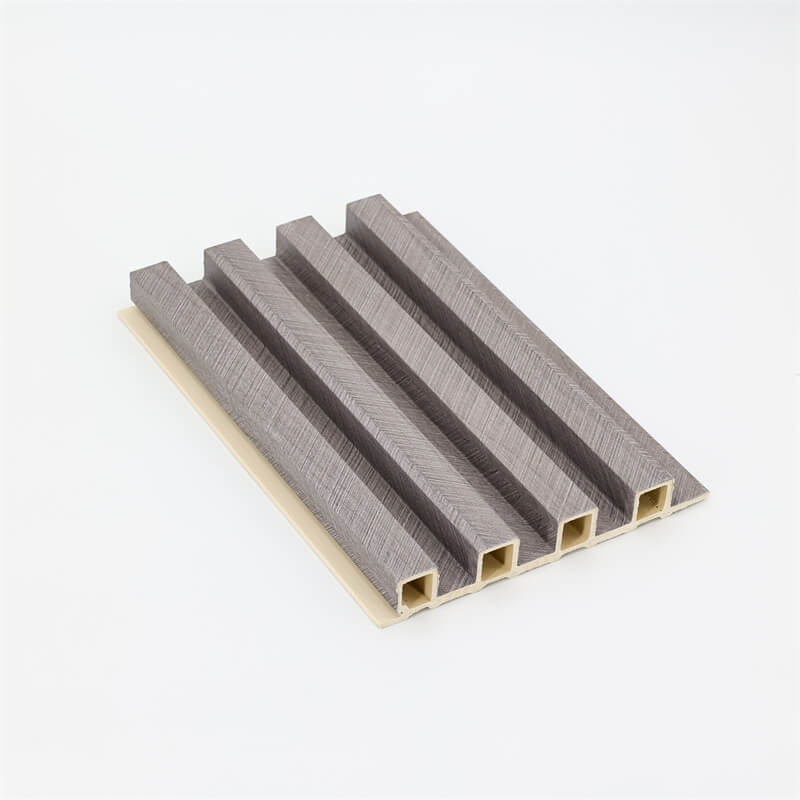
Wood-Plastic Composite (WPC) wall panels have gained immense popularity in the construction and interior design industries due to their durability, eco-friendliness, and aesthetic appeal.
Comprising a combination of wood fibers and thermoplastics, WPC wall panels offer an excellent alternative to traditional wooden panels, as they are resistant to rot, decay, and insect damage.
Additionally, they require minimal maintenance compared to natural wood, making them a preferred choice for modern architectural projects.
However, like any building material, WPC wall panels still require proper care and maintenance to ensure their long-lasting beauty and functionality.
This essay aims to explore the essential cleaning and maintenance practices for WPC wall panels,
highlighting the dos and don’ts that will help preserve their appearance and structural integrity over time.
I. Understanding WPC Wall Panels
Before delving into the maintenance aspects, it’s crucial to understand the composition and characteristics of WPC wall panels.
As mentioned earlier, these panels are made from a combination of wood fibers and thermoplastics, usually polyethylene, polypropylene, or PVC.
This fusion creates a material that possesses the natural beauty of wood along with the durability and versatility of plastics.
The benefits of using WPC wall panels are numerous.
First, they are highly resistant to moisture, which means they won’t warp, crack, or splinter like traditional wood when exposed to humid or wet conditions.
Second, WPC panels are less susceptible to UV rays, reducing the risk of fading or color degradation over time.
Third, they are generally low-maintenance, making them an ideal choice for both residential and commercial applications. However, this doesn’t mean that they are entirely maintenance-free.

II. Regular Cleaning Practices
Regular cleaning is a vital aspect of WPC wall panel maintenance, as it helps prevent the buildup of dirt, grime, and other contaminants that can dull the panel’s appearance and promote mold growth.
Here are some effective cleaning tips:
- Gentle Cleaning Solutions: When cleaning WPC wall panels, it’s essential to use mild, non-abrasive cleaning solutions. Avoid harsh chemicals, bleach, or ammonia-based cleaners, as they may cause discoloration or damage to the panels’ surface. Instead, opt for a mixture of mild soap or detergent with water.
- Soft Bristle Brush: For stubborn dirt or stains, use a soft bristle brush to gently scrub the affected areas. Avoid using wire brushes or abrasive scrubbers, as they can scratch the surface of the panels.
- Rinse Thoroughly: After cleaning, make sure to rinse the panels thoroughly with clean water. Any soap or cleaning residue left on the surface may attract more dirt and impede the panel’s natural beauty.
- Pressure Washing Caution: While pressure washing may seem like a quick and efficient cleaning method, it is best to avoid using high-pressure washers on WPC wall panels. The intense water pressure can force water into gaps or joints, leading to potential moisture-related issues.

III. Preventive Maintenance
Preventive maintenance is key to ensuring the long-term beauty and structural integrity of WPC wall panels.
By taking proactive measures, you can significantly extend the lifespan of the panels. Here are some preventive maintenance tips:
- Regular Inspections: Periodically inspect the WPC wall panels for any signs of damage, including cracks, chips, or loose fasteners. Catching and addressing these issues early can prevent them from worsening and affecting larger portions of the panel.
- Sealing and Coating: While WPC panels are already resistant to moisture, applying a protective sealant or coating can provide an additional layer of defense against environmental elements. However, ensure that the chosen sealant is compatible with WPC materials.
- Keep Surrounding Areas Clean: To minimize the risk of dirt and debris accumulation on the panels, ensure that the surrounding areas, such as gardens or walkways, are kept clean and free from leaves and other organic matter.
- Furniture Placement: If the WPC wall panels are installed in areas with furniture or other fixtures, consider using protective pads or mats to prevent scratches and abrasions.
IV. Avoiding Common Pitfalls
While cleaning and maintaining WPC wall panels is relatively straightforward, there are some common pitfalls that should be avoided:
- Abrasive Cleaners: As mentioned earlier, avoid using abrasive cleaners or scrubbers, as they can damage the surface of the panels and compromise their appearance.
- Excessive Heat Exposure: Prolonged exposure to high temperatures, such as placing grills or fire pits too close to the panels, can cause warping or discoloration. Maintain a safe distance between heat sources and the panels.
- Neglecting Spills: Clean up spills promptly to prevent stains or discoloration. Certain substances, such as red wine or oil-based products, can be particularly challenging to remove if left unattended for too long.
- Ignoring Manufacturer Guidelines: Always follow the manufacturer’s guidelines for cleaning and maintenance. Different WPC wall panels may have specific care requirements based on their composition and manufacturing process.
Wood-Plastic Composite (WPC) wall panels offer an excellent combination of aesthetics and durability, making them a popular choice for modern construction and interior design projects.
To maintain their long-lasting beauty, it is essential to implement the right cleaning and maintenance practices.
Regular cleaning using mild solutions and gentle brushes, along with preventive measures like inspections and protective coatings,
will ensure that WPC wall panels retain their appeal and functionality for many years.
Avoiding common pitfalls such as using abrasive cleaners and neglecting spills will further contribute to the panels’ longevity.
By following these tips, property owners can enjoy the elegance of WPC wall panels without compromising their beauty and structural integrity.
